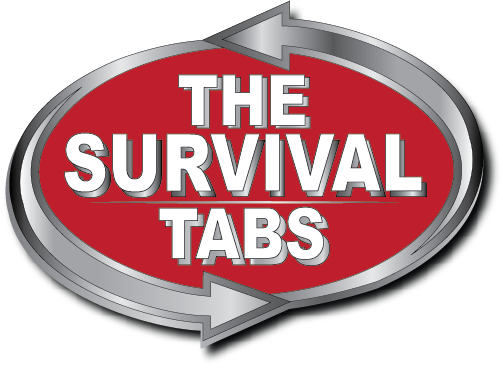A tsunami is a series of destructive and very dangerous waves that result from earthquake activity or some other type of underwater disturbance.[1] In recent years, tsunamis have caused an incredible amount of damage. In order to survive a tsunami, you must be prepared, vigilant, and calm. This article sets out steps that can help you to survive a tsunami, provided you learn and act upon these steps in advance.
Learn about the potential for danger in advance. It is important to consider in advance whether or not you live somewhere that could potentially face a tsunami. It is likely that you are at some risk if:
- Your home, school, or workplace is in a coastal region, near the sea.
- The elevation of your home, school or workplace is at sea level or fairly low and on flat or only slightly undulating land. If you don’t know the elevation level of your home, school or workplace, find out. Some local authorities use elevation as a warning indicator.
- There are warning signs indicating that your area is prone to tsunamis.
- Your local authorities have issued information about the potential for tsunamis.
- Natural sea barriers such as levees of dunes have been removed for development.
Be aware if tsunamis have struck your coastal region in the past. Do some library research or ask at the local government office. FEMA has a website enabling online flood risk searches
- Most tsunamis happen in what’s called the “ring of fire,” an area in the Pacific ocean known for its geologic activity.[3] Chile, the western United States, Japan, and the Philippines are especially vulnerable.
Prepare essential materials in an easy-to-obtain location. If a tsunami (or other natural disaster) hits, chances are you’ll need a few survival items, and you’ll need them fast. It can be helpful to have both a safety and survival pack already assembled:
- Make a safety pack. Food, water, and a first aid kit are among the basics required. Keep the safety pack somewhere obvious, well-known to everyone in the building and easy to grab in an emergency. It can also help to leave a raincoat or other coat for each person near the safety pack.
- Make a personal survival pack for each person in the family, and a family survival pack with common items for everyone. Include a supply of necessary medications for each member of the family. Don’t forget survival items for your pets.
Develop an evacuation plan. An evacuation plan must be prepared in advance to be of use. In developing one, consider your family, your workplace, your school, and your wider community. If necessary, begin to develop a community-wide evacuation plan if nothing is being done in your community. Take the initiative to start developing the plan, and involve local authorities and other residents. Lack of evacuation plans and local warning systems put you, your family and your entire community at increased risk for injury or death during and after a tsunami. These are the things that should be part of a successful evacuation plan:
- Discuss with family, and colleagues the various options for evacuation. Know, for example, where you might reunite with your loved ones should a tsunami hit.
- Conduct practice drills to ensure that all members of the community are clear about what they need to do and where they need to go during a safety evacuation.
- Include a plan that can ensure a head count of every single member of the community; ensure that assistance for disabled or ill persons can be provided.
- Ensure that warning and evacuation signals are understood by the community in advance — distribute pamphlets or give lectures to ensure that everybody is aware. Read Understand Tsunami Notification Terms.
- Remember to provide multiple safety routes owing to the possibility of an earthquake destroying roads and other infrastructure, preventing exit using some routes.
- Consider what types of sheltered areas might exist in the evacuation zones; do such shelters need to be built in advance?
Reference: http://www.wikihow.com/Survive-a-Tsunami



